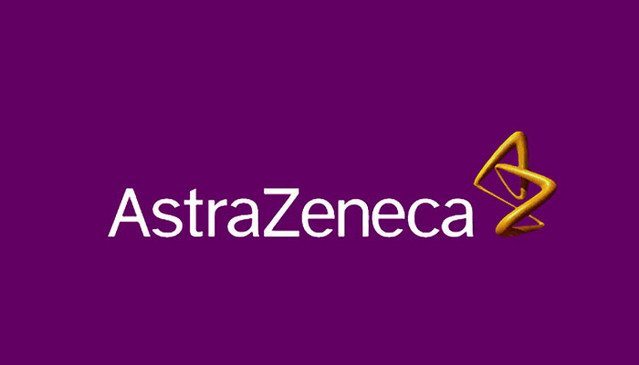
There has been no shortage of oncology related developments in the biotech space over the last six months, as a number of the incumbent pharmas have looked to shift into what could turn out to be the next blockbuster arena. We have seen complete turnarounds in strategy, IPOs targeted at funding cancer immunotherapy trials and headline acquisitions already this year, and on August 6, 2015, we got yet another of the latter. On this day, AstraZeneca PLC (NYSE:AZN) announced a fresh partnership with Heptares, the developmental biotech unit of Sosei Group Corporation (SOLTF), that will see it gain exclusive global rights to HTL-1071, a novel adenosine A2A receptor antagonist targeted at immuno oncology. The announcement comes just a couple of days after AstraZeneca announced it was expanding its partnership with Isis Pharmaceuticals, Inc. (NASDAQ:ISIS), and – while the company’s stock gained on the second of these announcements, we are down premarket on Friday. So, with this said, what’s involved in the deal, and what might the treatment mean for all parties involved if it gets to market? Let’s take a look.
So first, let’s have a look at the deal. From what we can see, the deal is two-pronged. The first side will see the two companies in-license a drug designed to increase the efficacy of an investigational anti-PDL1 immune checkpoint inhibitor, durvalumab (MEDI4736), currently being developed by MedImmune, AstraZeneca’s global biologics research and development arm. For those not familiar with the term, in-licensing basically means the pooling of resources between two companies (more often than not pharmaceutical companies) in order to take advantage of each other’s expertise and/or capital. In this instance, it looks as though AstraZeneca is set to provide capital resources and Heptares knowledge and expertise. On the other side of the deal, and as we mentioned in the introduction, AstraZeneca will receive exclusive global rights to HTL-1071. From a financial perspective, AstraZeneca will pay an upfront $10 million, with a further $500 million earmarked for development and commercialization milestones.
So what’s this treatment all about? Well, over the last few years, we’ve seen a number of university studies suggest that the expression rate of adenosine correlates with tumor proliferation (growth). More specifically, the higher level of the former found in a patient, the higher the level of proliferation. This has led to a number of investigations into the correlation, and has borne the hypothesis that tumors use adenosine to interfere with an immune system response, effectively blocking T cells from attacking cancerous cells. HTL-1071 is all about blocking the A2A receptor of adenosine, to inhibit tumor’s ability to use adenosine (as the antagonist slows down its production) in this immune system interference.
So what’s the potential for this treatment if it does hit markets? Well, the cancer immunotherapy market is forecast to see 29% annual growth over the next eight years, and be worth 13.3 billion annually in revenues during 2023 (globally). Checkpoint inhibitors (of which the aforementioned MEDI4736 is one) will account for between 85% and 91% of the immunotherapy market by 2023, with the figure varying depending on which analysis you consider. Adenosine A2A receptor antagonists such as HTL-1071 can theoretically work with any type of checkpoint inhibitor, and so the natural conclusion is that this therapeutic type could be used in more than 85% of a $13 billion market by 2023.
So what’s the takeaway here? Well, Astrazeneca has on a couple of occasions been regarded as a late, to the immuno oncology space – based on a number of popular news media reports. However, while this may be the case, it now looks as if the company is willing to go full force into the field, and is doing so not just from a general treatment perspective but also from a combination therapy perspective – something that effectively doubles the potential market revenue over the next ten years. This is definitely one to keep an eye out for as things progress, with interim trial data scheduled before the end of this year a likely near-term volatility driver in the stock of both Astrazeneca and Sosei.




